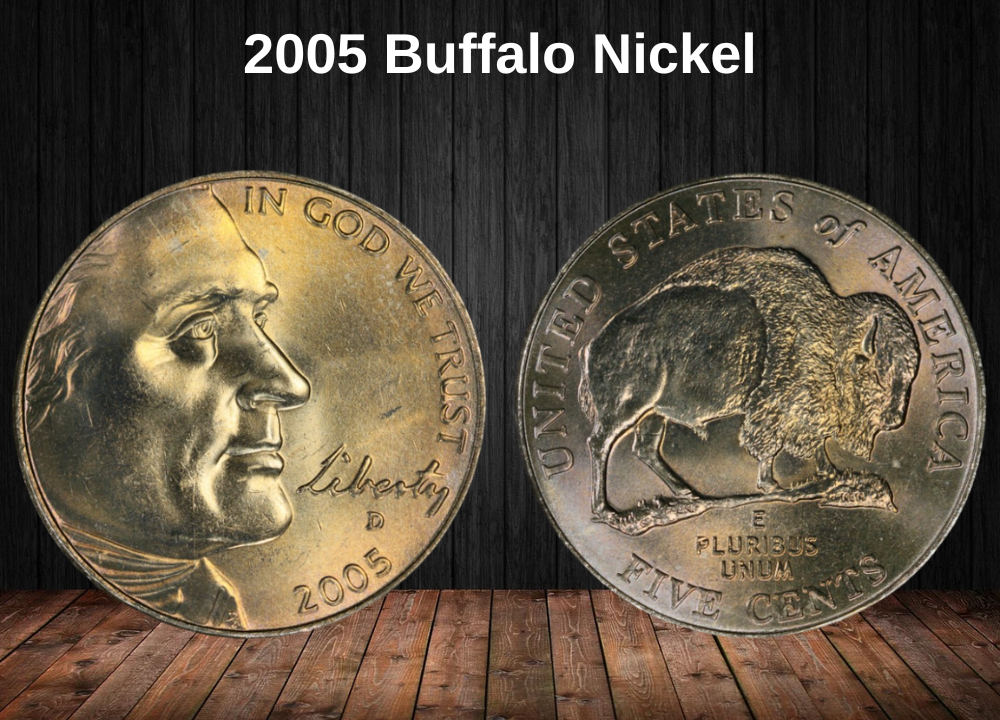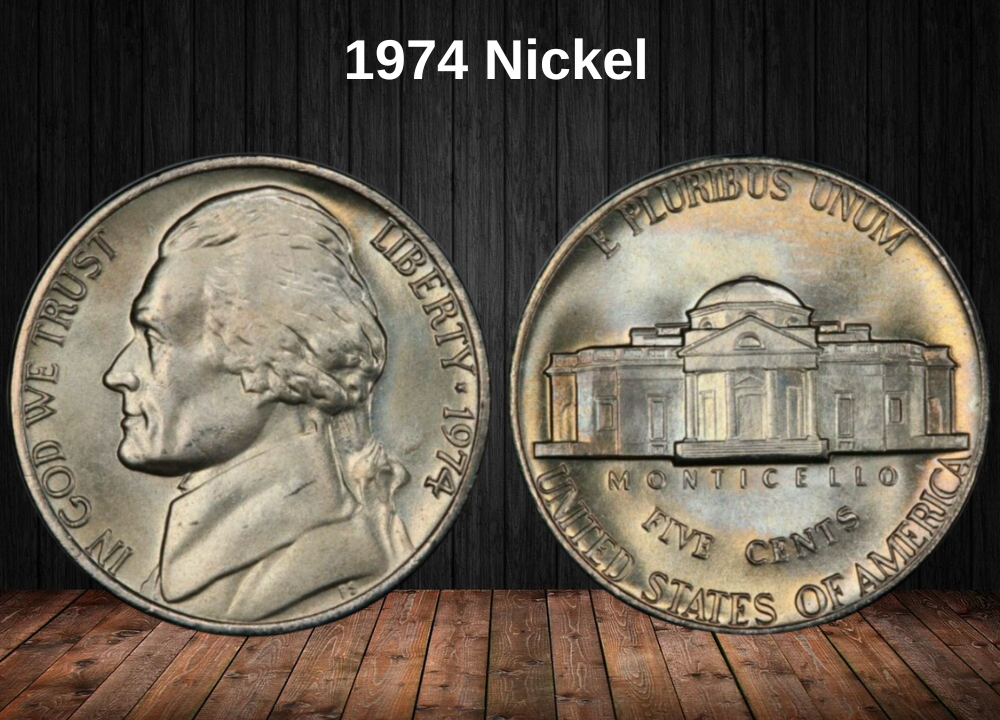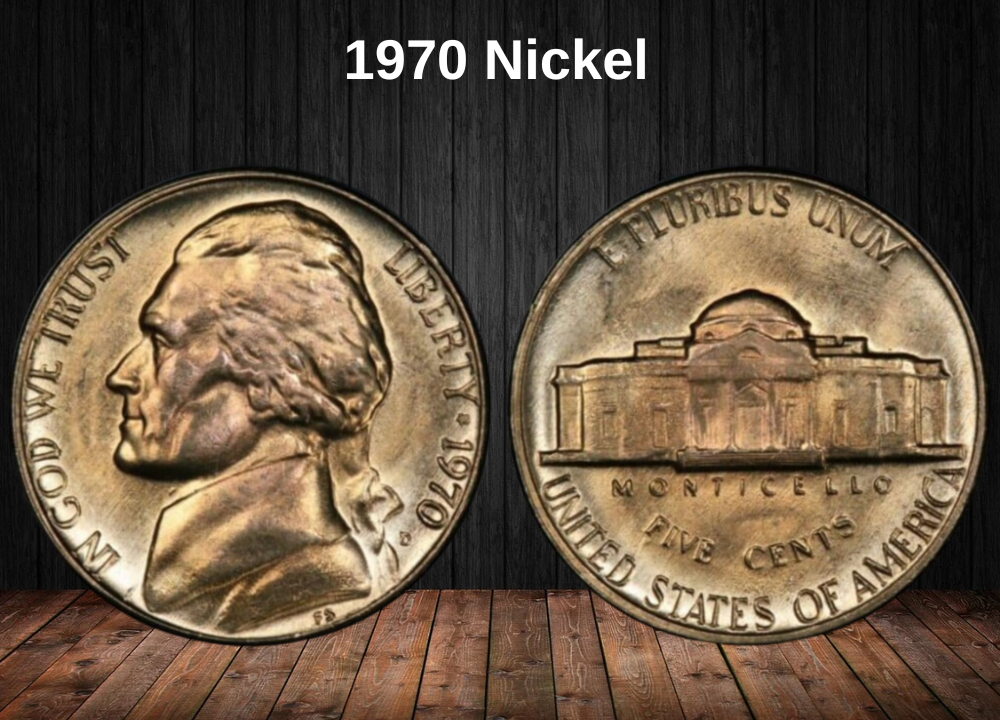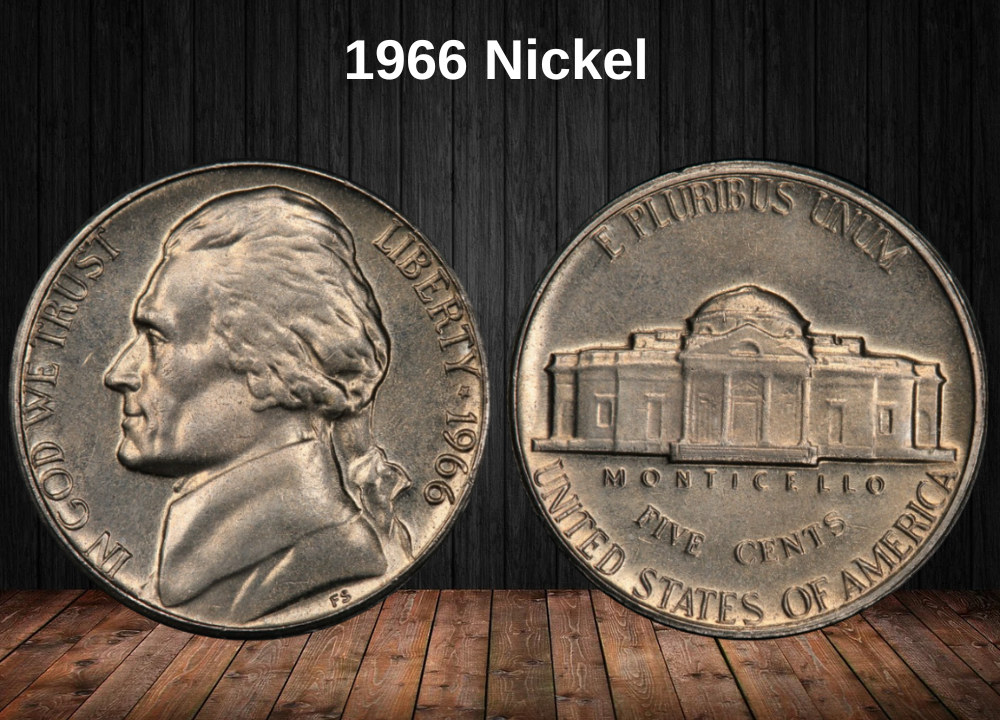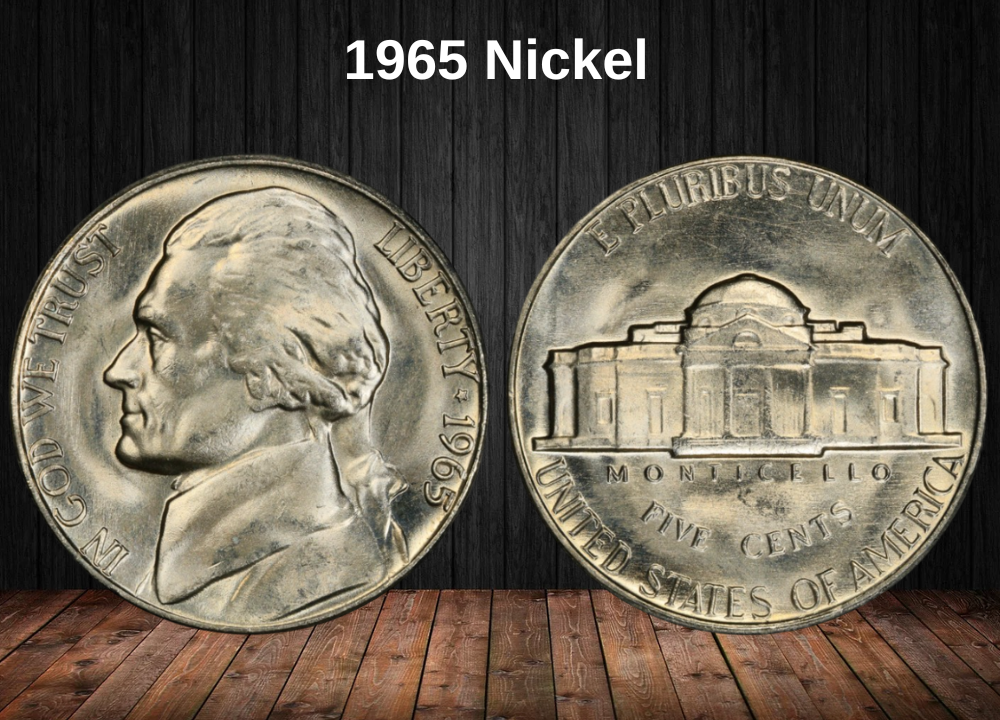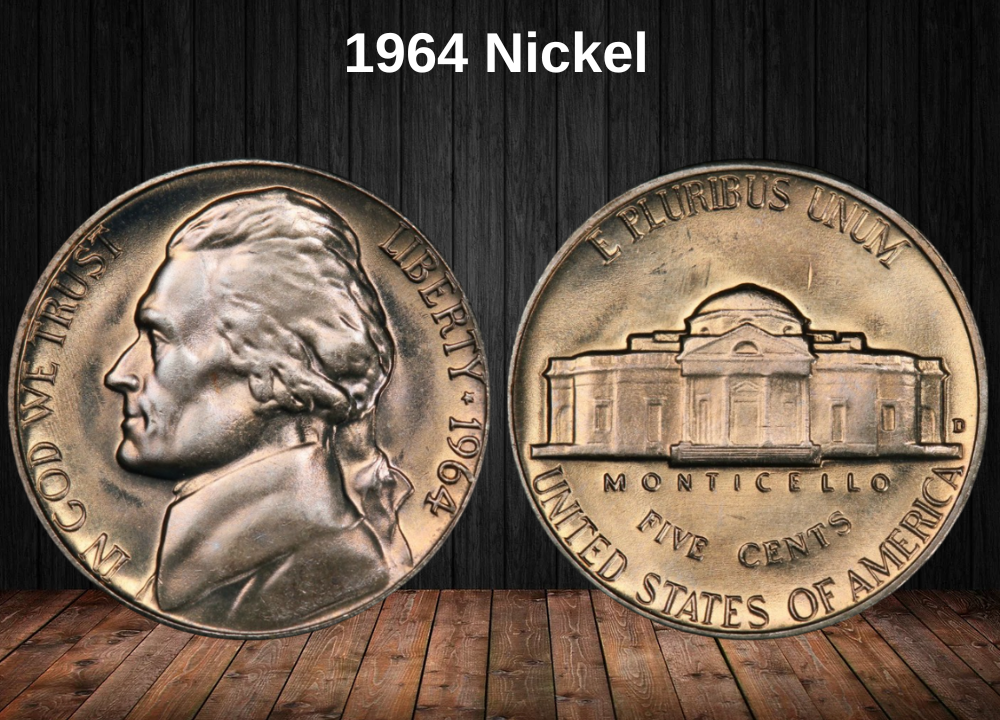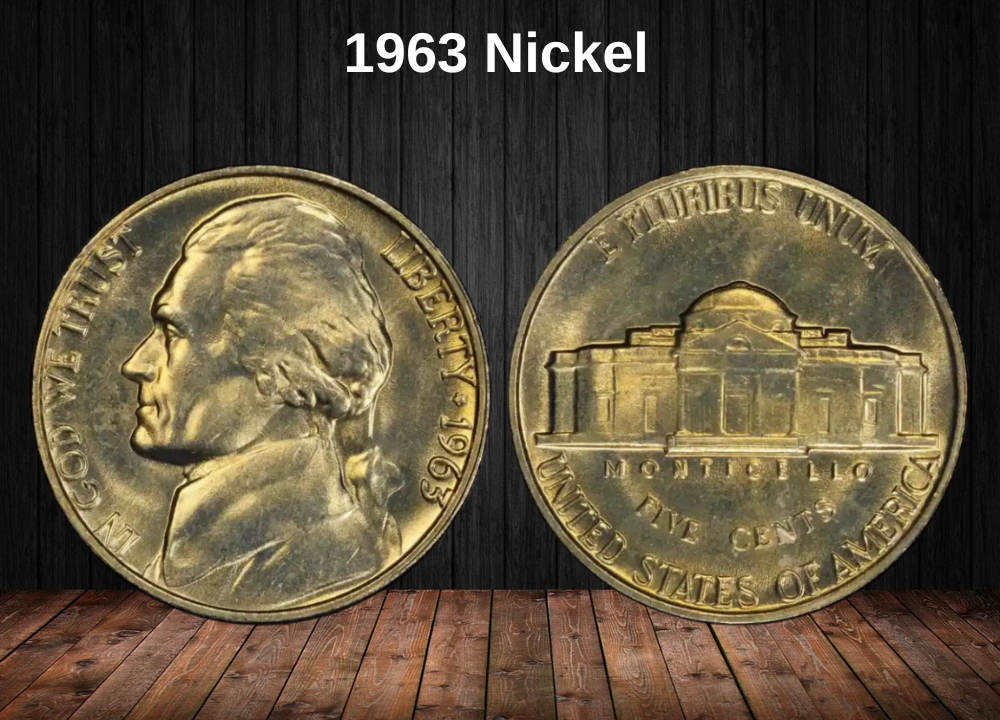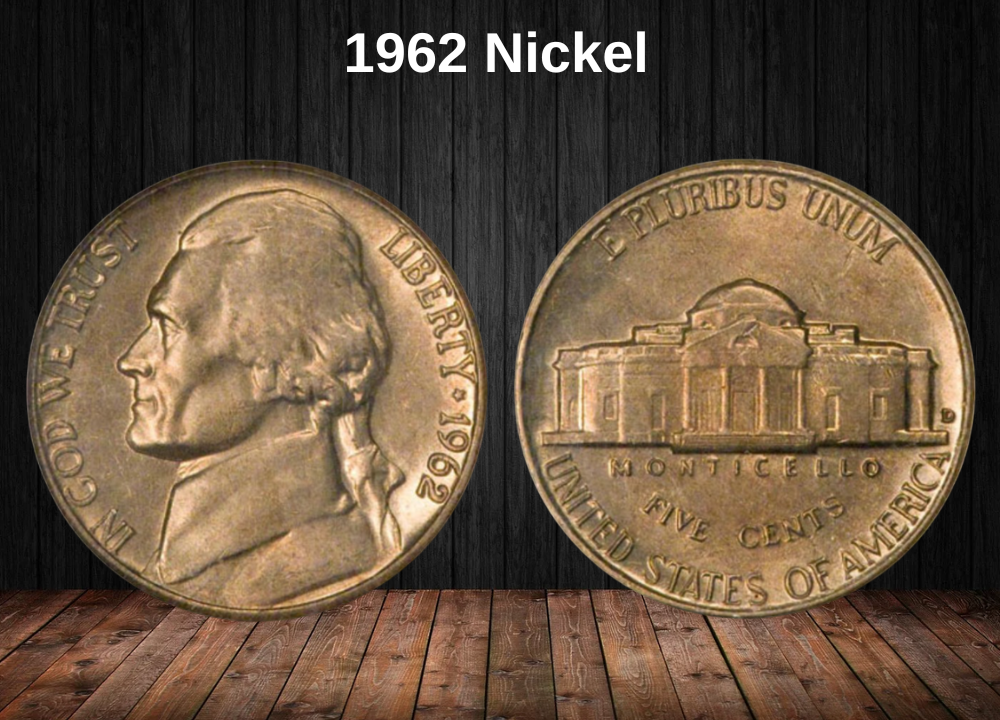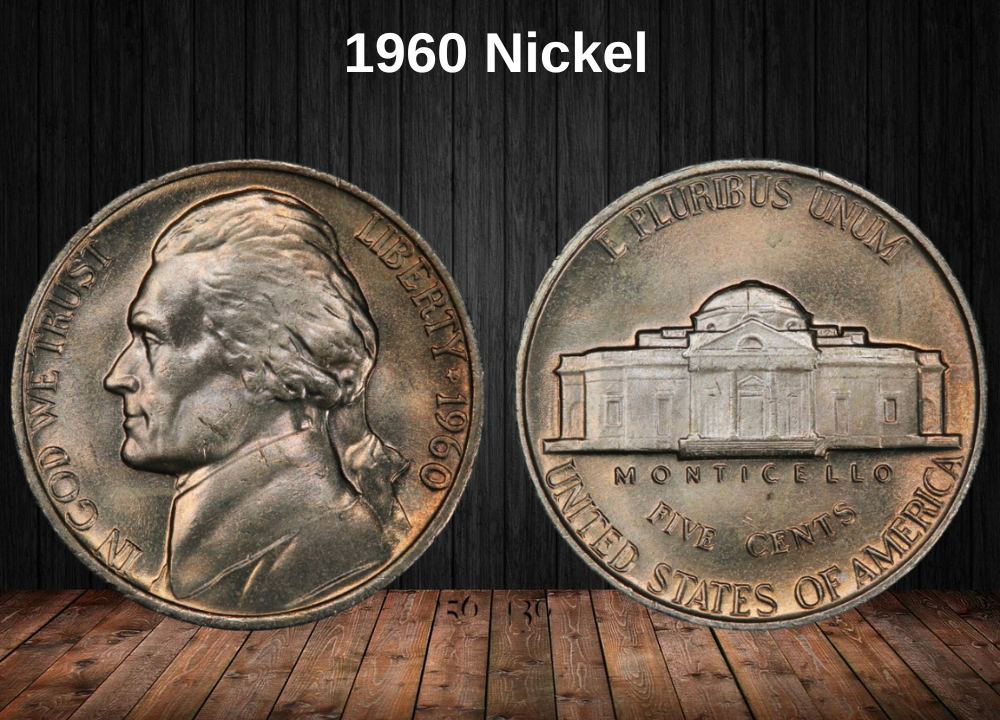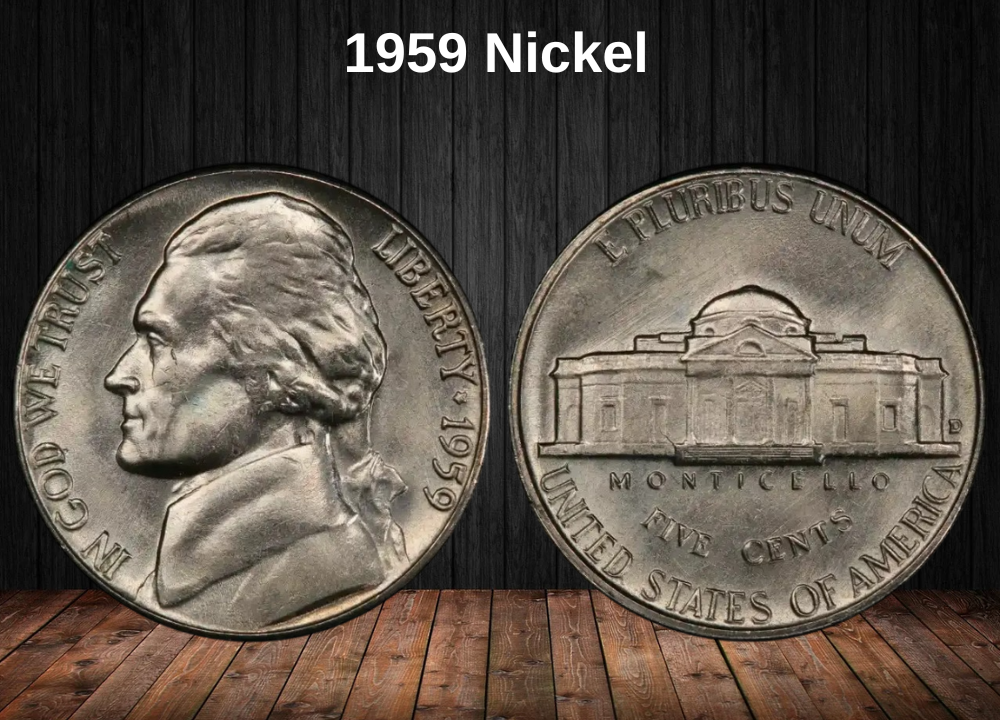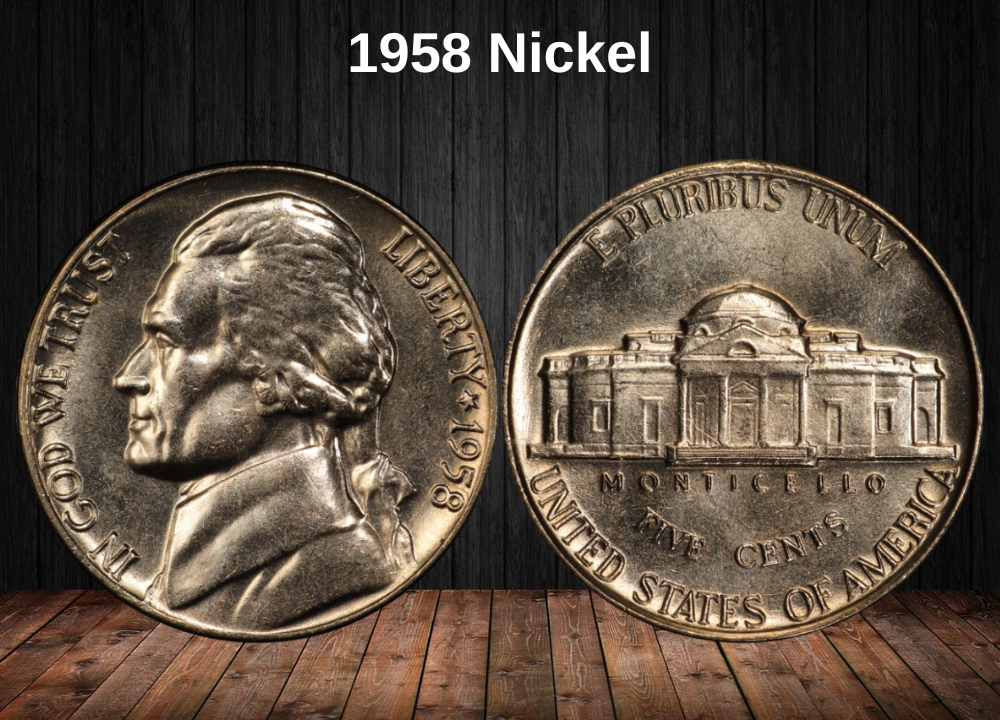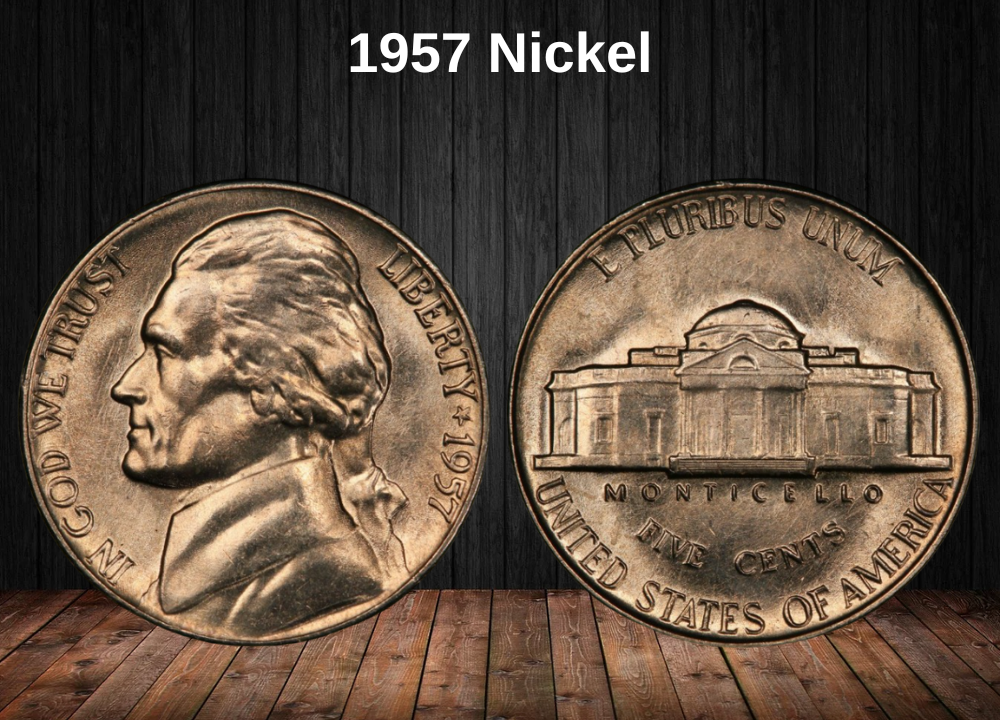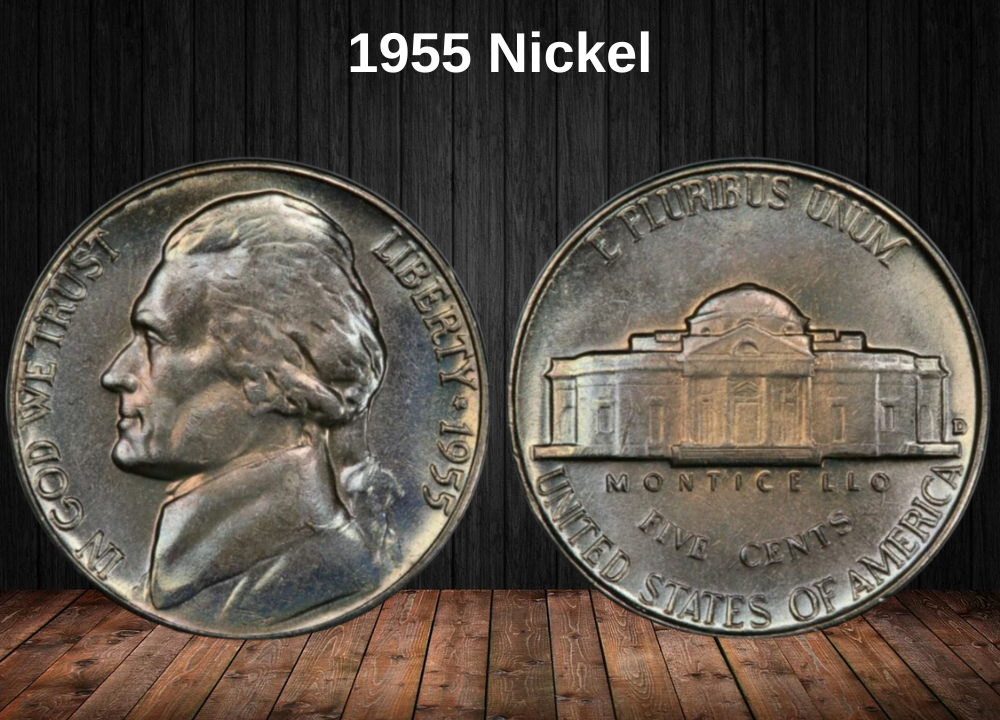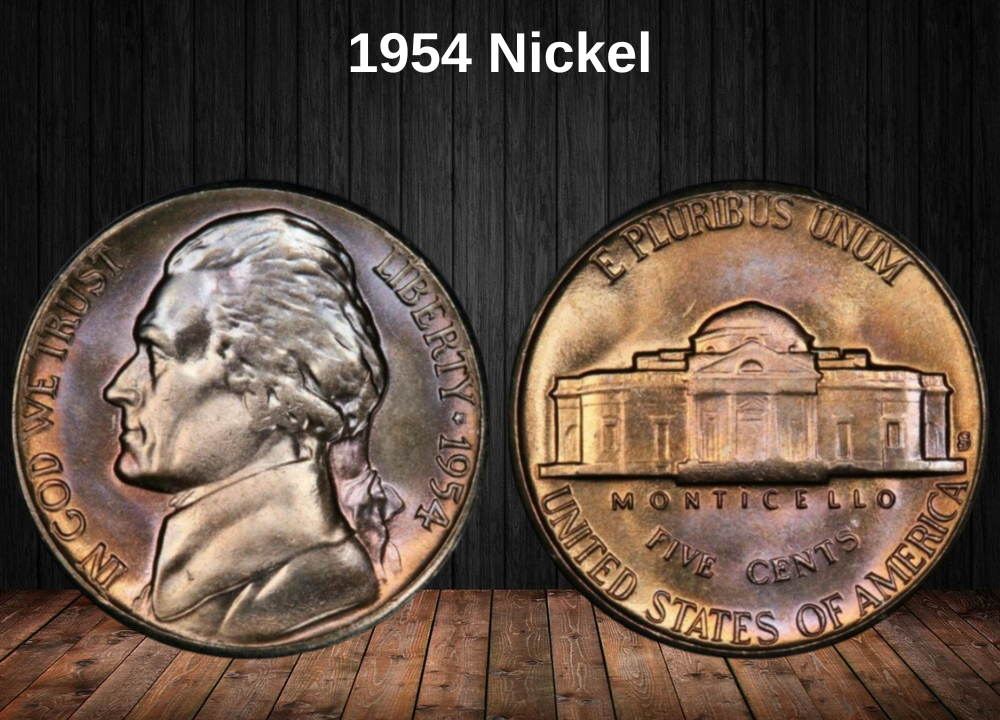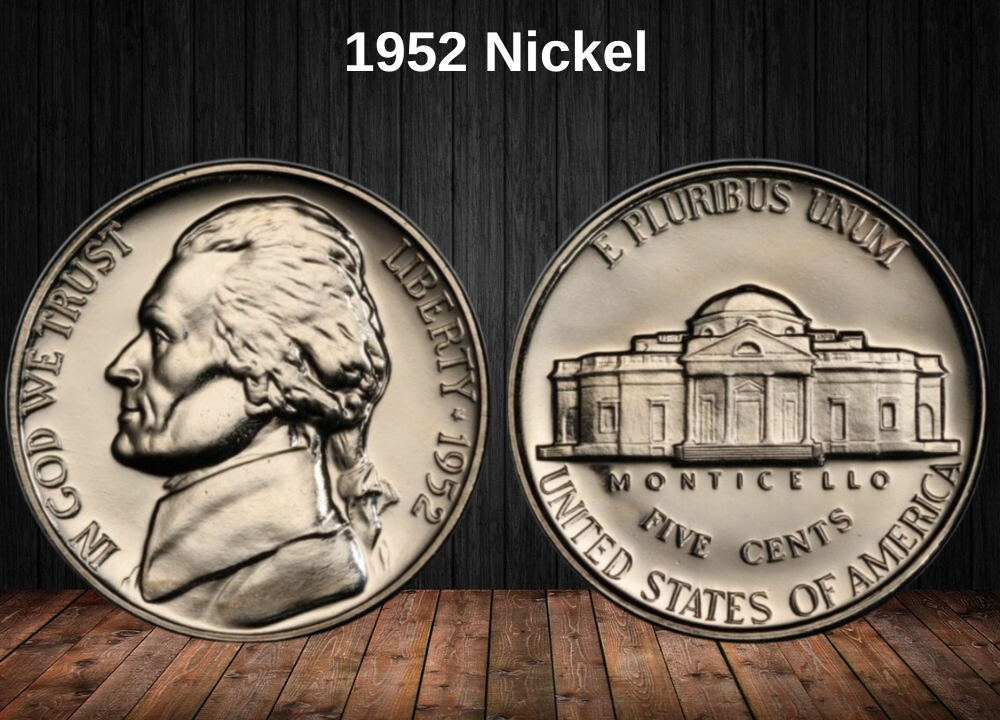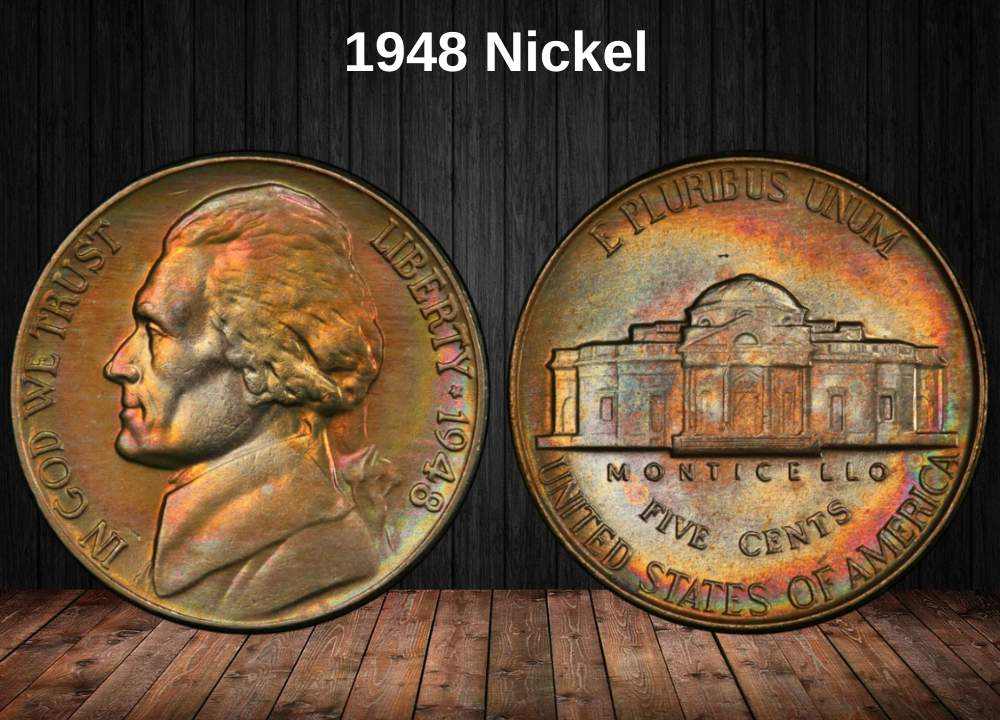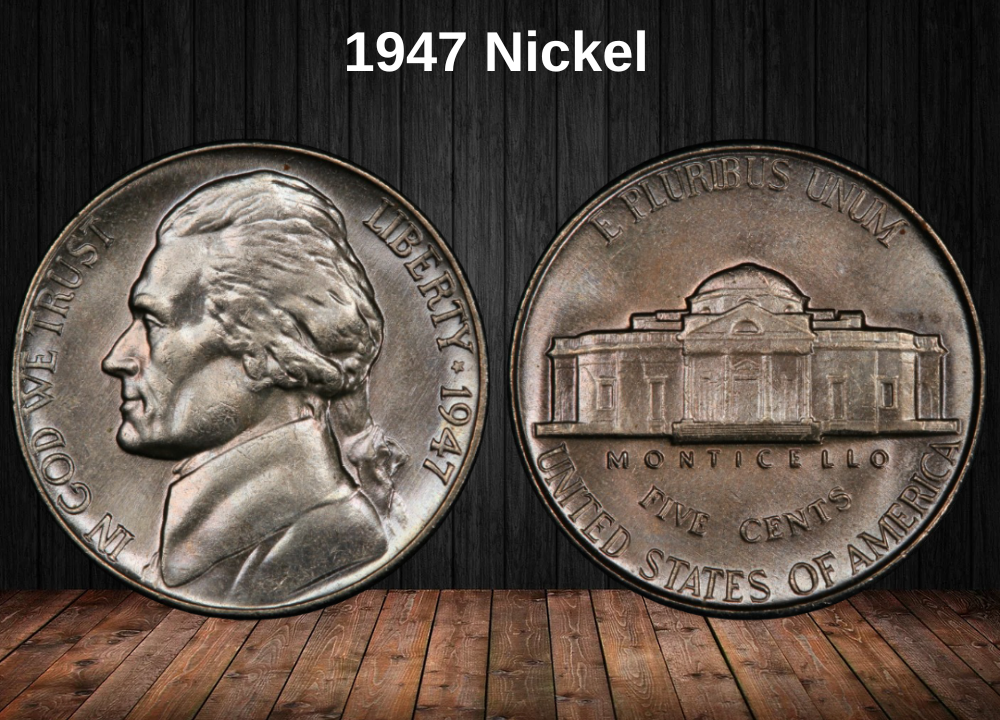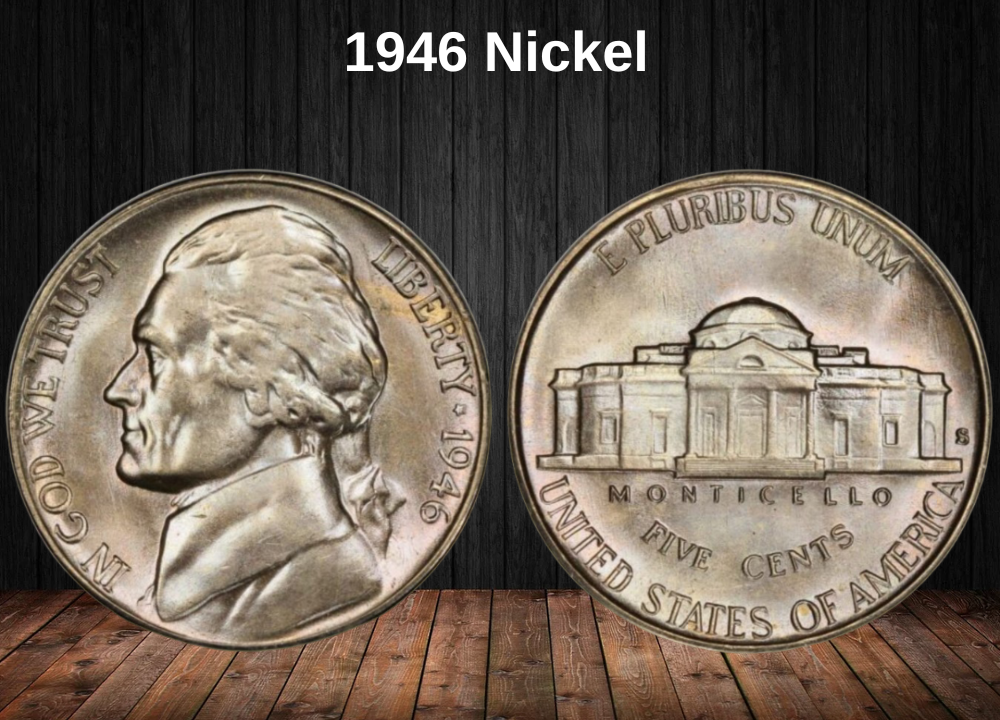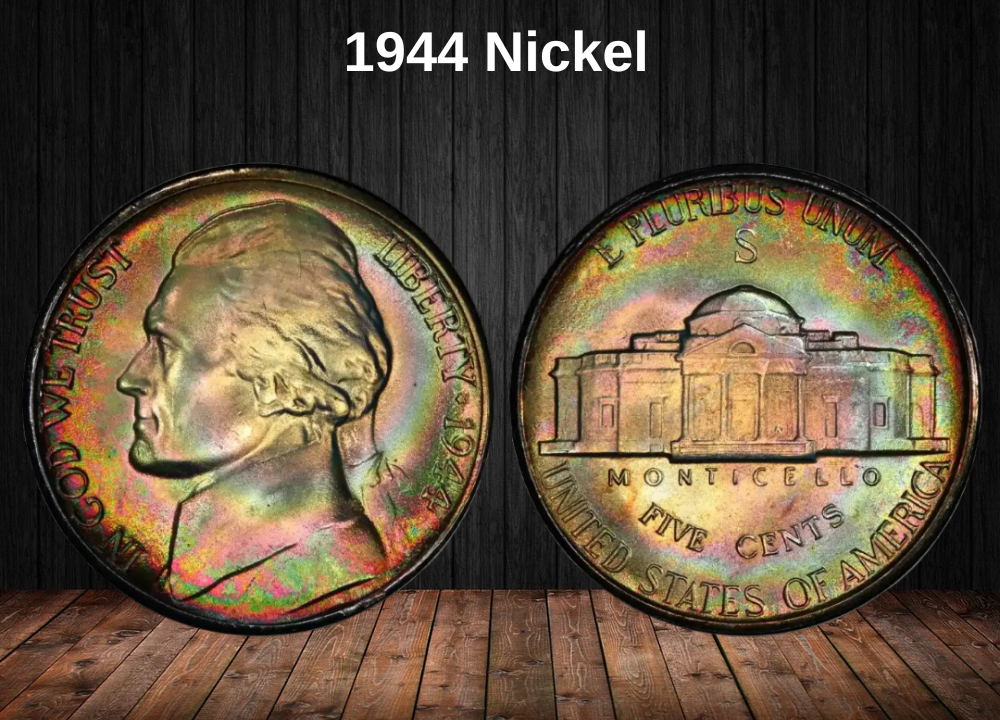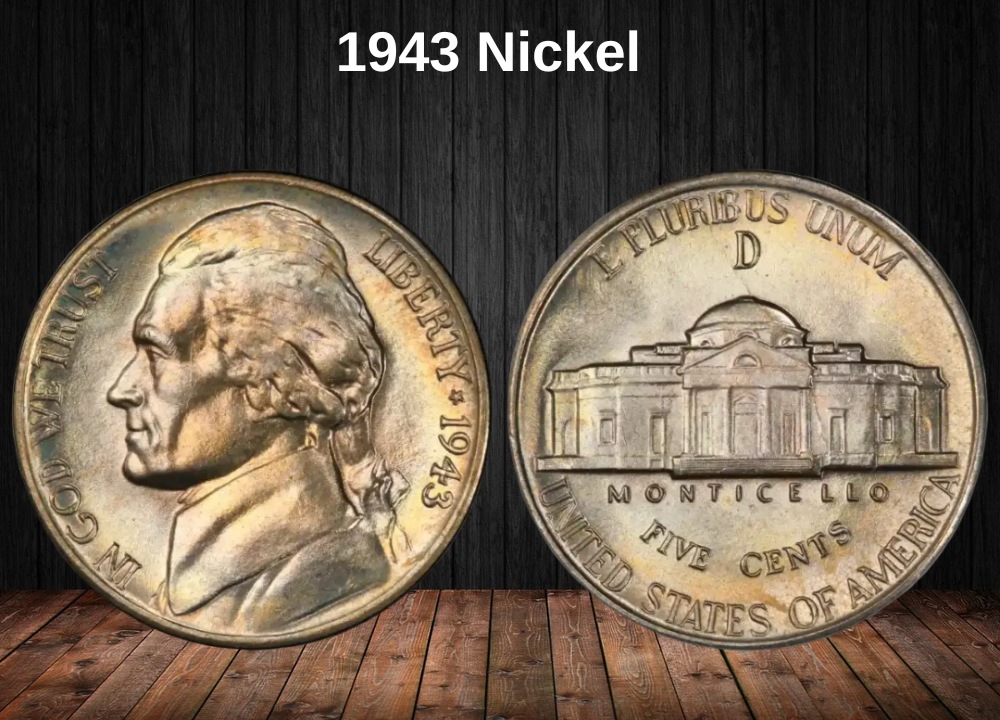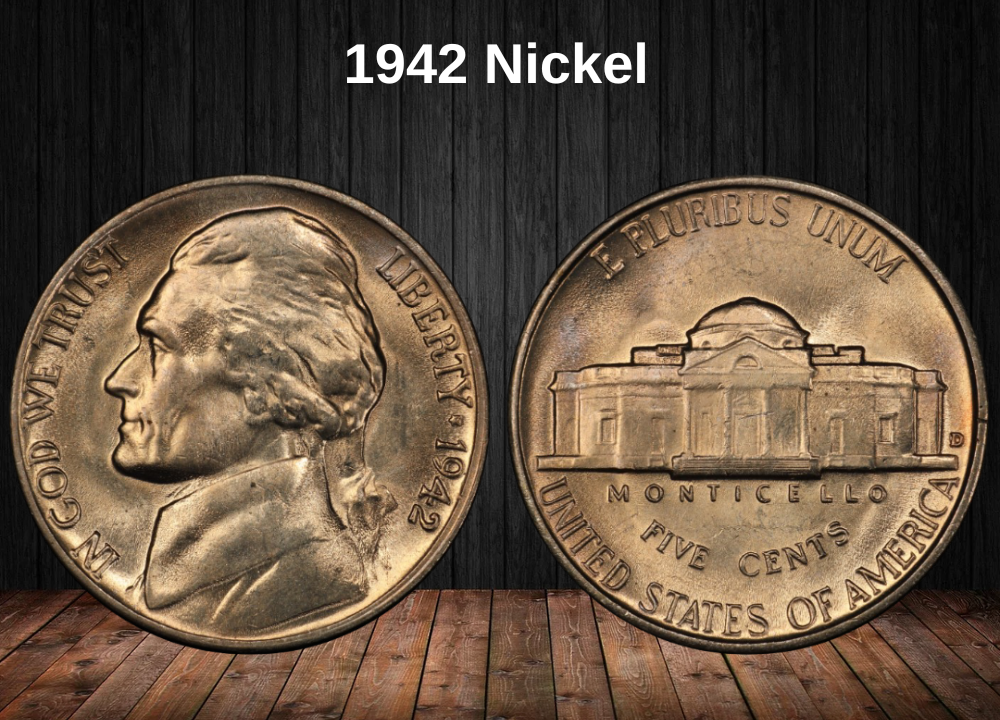The 1973 Jefferson nickel is part of the long-running series honoring the 3rd U.S. President, Thomas Jefferson. While most 1973 nickels are worth only their face value, some high-grade coins, Full Steps (FS) examples, and certain Mint errors can be worth hundreds or even thousands of dollars.
In this guide, we’ll cover the history, design, value by type and grade, rare errors, and frequently asked questions.
1973 Nickel Value Chart
| Mint Mark & Type | XF45 | MS60 | MS65 | MS67 |
|---|---|---|---|---|
| 1973 No Mint Mark | – | $1 / FS: $2 | $14 / FS: $15 | $325 / FS: $2,750 |
| 1973 D | – | $1 / FS: $2 | $12 / FS: $18 | $200 / FS: $2,500 |
| Proof Grade | PR60 | PR65 | PR69 | PR70 |
|---|---|---|---|---|
| 1973 S Proof (Deep Cameo) | $3 | $5 | $15 | $4,250 |
History of the 1973 Nickel
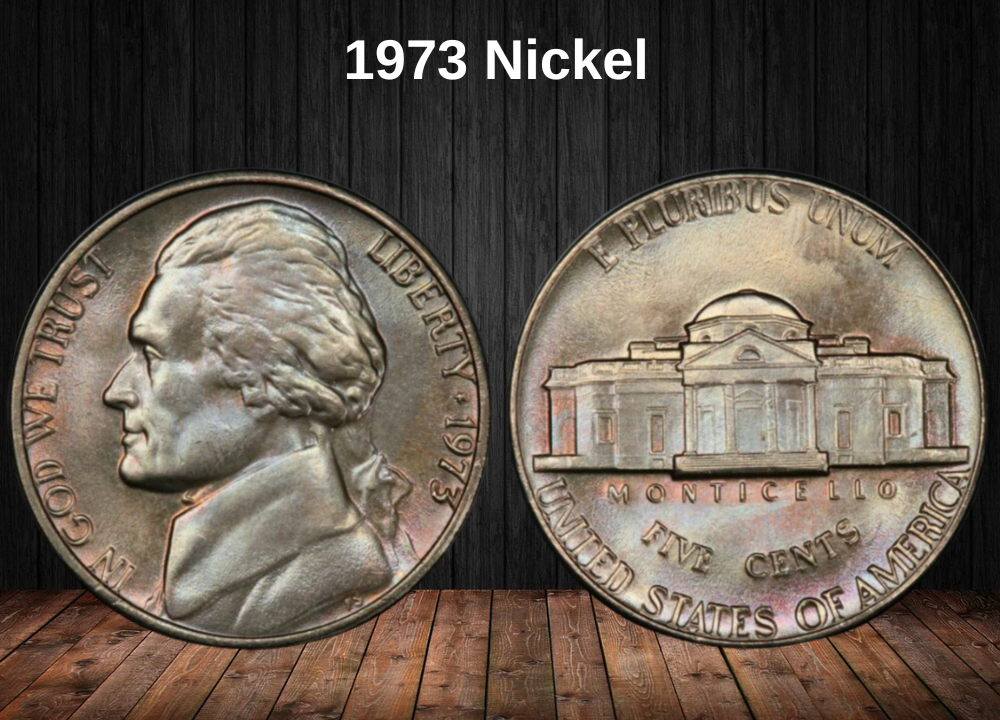
The 1973 nickel belongs to the Jefferson nickel series, first introduced in 1938 to replace the Buffalo nickel. Designed by Felix Schlag, the obverse features Jefferson’s portrait, while the reverse shows Monticello, his Virginia estate.
1973 nickels were struck in Philadelphia (no mint mark), Denver (D), and San Francisco (S). That year, San Francisco only produced proof coins, as regular business strike nickels from that mint had ceased in 1971.
Composition remained the same as modern nickels: 75% copper, 25% nickel. There is no silver in 1973 nickels — silver was only used in wartime nickels from 1942–1945.
Design Features
Obverse
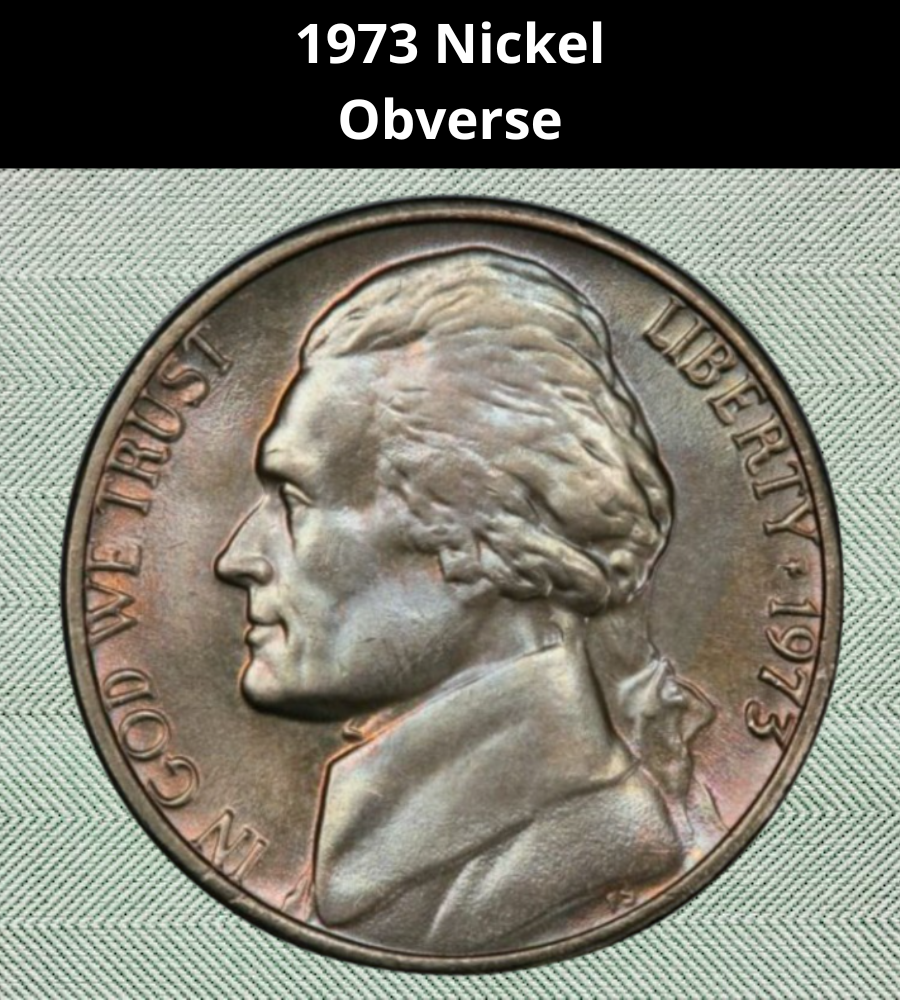
- Portrait of Thomas Jefferson facing left.
- “IN GOD WE TRUST” on the left side.
- “LIBERTY ★ 1973” on the right.
- Mint mark (“D” or “S”) appears to the right of Jefferson’s braid; no mint mark means Philadelphia.
Reverse

- Depicts Monticello.
- “E PLURIBUS UNUM” arches at the top.
- “MONTICELLO” labeled below the building.
- “FIVE CENTS” and “UNITED STATES OF AMERICA” at the bottom.
- Designed by Felix Schlag.
Grading of the 1973 Nickel
| # | Grade |
|---|---|
| 1 | Basal State-1 |
| 2 | Fair |
| 3 | Very Fair |
| 4, 5, 6 | Good |
| 7, 8, 10 | Very Good |
| 12, 15 | Fine |
| 20, 30 | Very Fine |
| 40 | Extremely Fine |
| 50 | About Uncirculated |
| 60 | Mint State |
| 65 | Mint State |
| 70 | Mint State |
1973 Nickel Value Guides
1973 No Mint Mark Nickel Value (Philadelphia)
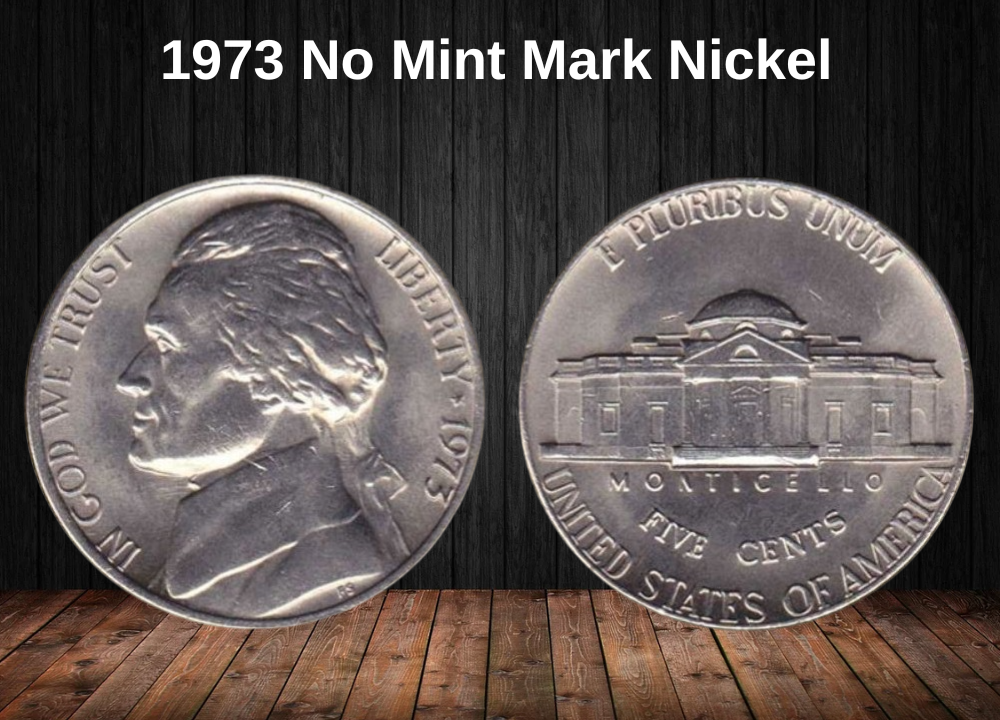
Nickels made in Philadelphia in 1973 have no mint mark. To check, look on the obverse (front) of the coin, just to the right of the bottom of Jefferson’s braid. If there’s no “D” or “S” there, it’s from Philadelphia.
The Philadelphia Mint struck over 384 million nickels that year — more than either Denver or San Francisco. Circulated examples are still common today, so they are generally worth only face value unless they have a notable Mint error.
Uncirculated coins are more valuable, and the higher the grade, the higher the price. Coin grades run from 1 (poor) to 70 (flawless). Uncirculated coins start at MS60, and coins graded MS65 or higher are considered “gems.”
Most MS65+ nickels from this year come from coin rolls, bags, or mint sets that were never spent.
- MS65: ~$14 (Full Steps: ~$15)
- MS67: ~$325 (Full Steps: ~$2,750 – the highest grade certified for this mint mark)
1973 D Nickel Value (Denver)

The Denver Mint struck over 261 million nickels in 1973. Although that’s fewer than Philadelphia, plenty survive, so values are similar to the no mint mark coins except at the very highest grades.
In circulated condition, most are only worth face value unless they have a valuable error.
- MS60: ~$1 (Full Steps: ~$2)
- MS65: ~$12 (Full Steps: ~$18)
- MS66: ~$75 (Full Steps: ~$75)
- MS66+: ~$260
- MS67: ~$200 (Full Steps: ~$2,500 – rare and highly collectible)
1973 S Proof Nickel Value (San Francisco)
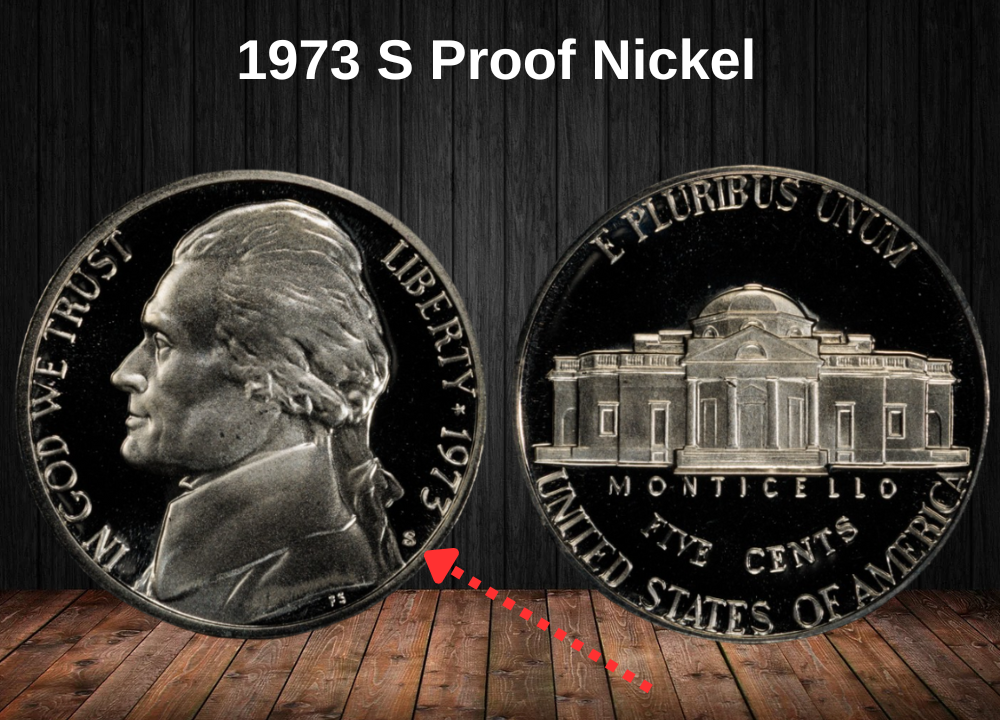
San Francisco produced only proof nickels in 1973 — no business strikes. These coins were made with special dies and polished planchets for collectors, with a total mintage of 2,760,339.
Proofs are graded as standard, cameo, or deep cameo (DCAM), with deep cameos showing the strongest contrast between frosted designs and mirrored fields.
Most proofs from this year are easy to find since they were stored carefully by collectors. Only deep cameos in perfect grades command high prices.
- Deep Cameo PR60: ~$3
- PR65: ~$5
- PR69: ~$15
- Perfect PR70 DCAM: ~$4,250 (only 10 coins certified by PCGS at this grade)
Rare 1973 Nickel Errors List
1973 D Nickel – Struck on a Philippine 5-Sentimo Planchet
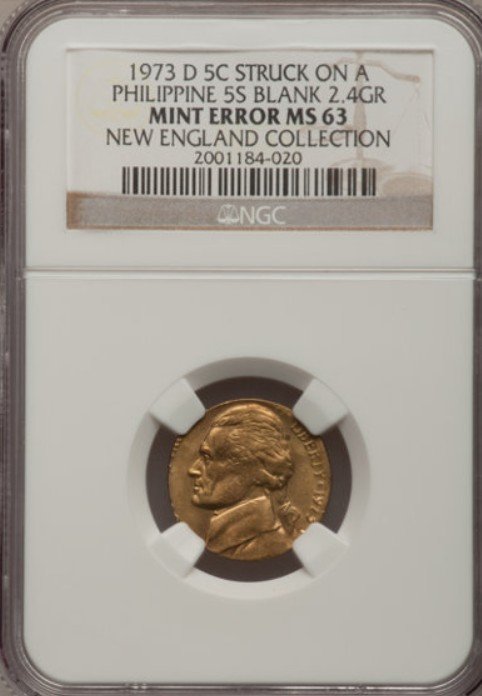
Occasionally, the wrong planchet makes its way into the coin press. This happened with a 1973 D nickel that was accidentally struck on a Philippine 5-sentimo planchet instead of the usual copper-nickel planchet for U.S. nickels.
Because the 5-sentimo planchet is smaller and golden in color, the resulting coin:
- Appeared gold instead of silver
- Showed incomplete outer design details due to the smaller size
This coin was graded MS63 by NGC and sold at auction for $450. Such errors are rare and highly collectible because they combine wrong-planchet and off-metal characteristics.
1973 D Nickel – Double Struck, Second Strike 75% Off-Center
A double strike error occurs when a coin remains in the press after the first strike and receives a second strike. In this case, the coin had shifted significantly before the second strike, causing the design to be 75% off-center.
Collectors value these errors for their dramatic visual appeal, especially when the misalignment is severe.
This example was graded MS60 by PCGS and sold at auction for $585. The large off-center strike combined with the visible original design made it particularly desirable.
Where to sell your nickel?
Now that you’re aware of your nickel’s value, you may be curious about the best places to sell it. Don’t worry: here’s a rundown of some top online marketplaces where you can conveniently sell your nickels, along with their benefits and drawbacks.
Explore the best platforms for selling nickels online (advantages and disadvantages).
FAQs
Which nickel is worth money?
In any coin series, the finest quality examples—especially those in high Mint State grades—tend to command the highest prices. Coins with dramatic or unusual Mint errors are also highly collectible.
Among U.S. nickels, some of the most valuable are Buffalo nickels struck between 1913 and 1918. The auction record belongs to the over-dated 1918/7 Buffalo nickel, a hubbing error graded MS65 by PCGS, which sold for $350,750 in 2006.
Is the 1970s nickel rare?
Generally, no. Hundreds of millions of nickels were produced each year in the 1970s. Most examples in circulation are worth only face value.
However, the very finest examples—particularly Full Steps nickels—are rare and valuable. Mint error coins from this decade can also sell for hundreds or even thousands of dollars. Some special varieties, such as the 1971 S No Mint Mark nickel (about 200 known), are very rare and can sell for over $8,000 in top grades.
Does a 1973 nickel contain silver?
No. Like other modern Jefferson nickels, the 1973 nickel is composed of 75% copper and 25% nickel. Only “war nickels” struck between 1942 and 1945 contain silver (35% silver, 56% copper, 9% manganese).
What is a Full Steps (FS) nickel?
“Full Steps” is a grading designation for Jefferson nickels that show all six steps on the front of Monticello clearly and without breaks. These coins require a sharp, precise strike and are much rarer than typical examples. FS coins can sell for significantly more than non-FS coins of the same grade.
How can I tell if my nickel has an error?
Check for the following signs:
- Off-center designs where part of the coin’s surface is blank
- Double strikes with overlapping images
- Wrong planchet colors or sizes
- Clipped planchets with curved or straight missing edges
- Die cracks or breaks causing raised lines or bulges
If you suspect an error, it’s best to have your coin evaluated by a professional grading service like PCGS or NGC.
Where can I sell a valuable nickel?
You can sell valuable nickels through:
- Coin shows and conventions
- Reputable coin dealers
- Auction houses (Heritage, Stack’s Bowers)
- Online marketplaces like eBay (for lower-value coins)
- Specialty coin selling platforms
For high-value coins, auctions with established numismatic audiences are often the best choice to achieve top prices.

